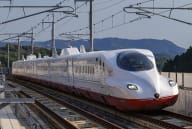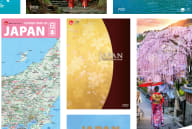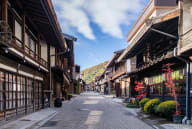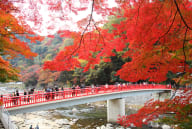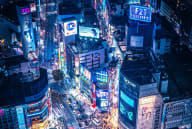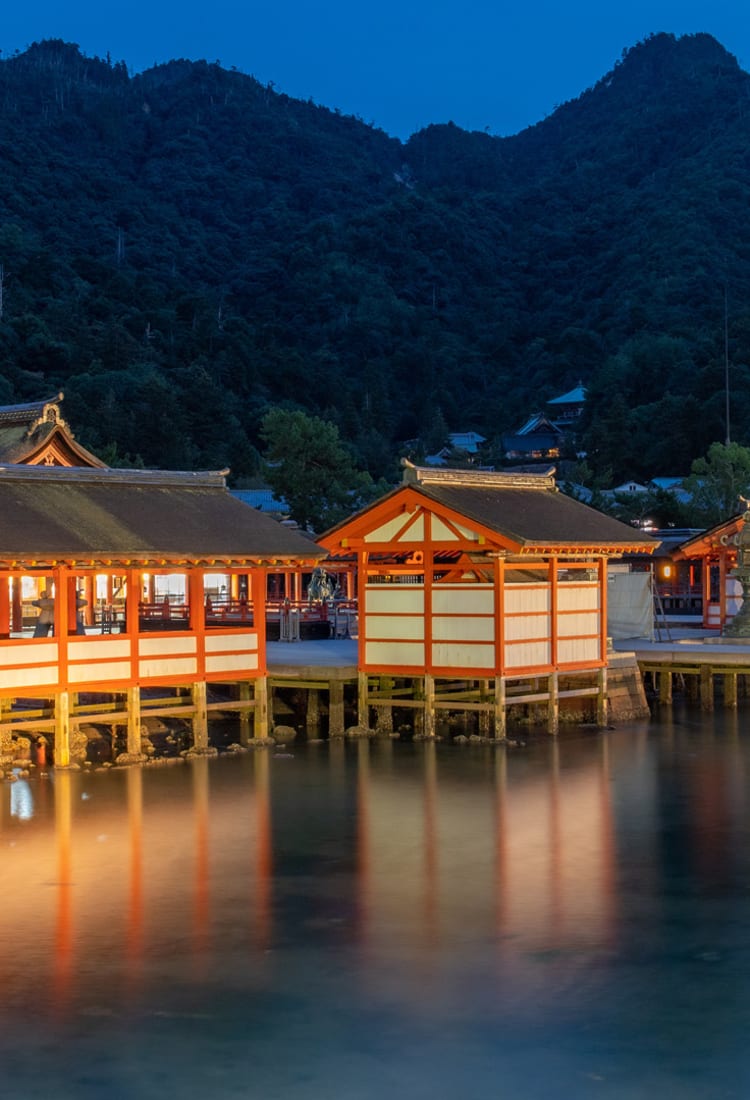
Hiroshima A cuisine sizzling with coastal delights
A Culinary Journey in Hiroshima
Situated along the Seto Inland Sea in western Japan, Hiroshima Prefecture is celebrated for its rich history, vibrant culture, and unique culinary offerings. The prefecture enjoys a mild climate influenced by the sea, with hot summers and mild winters, creating an ideal environment for agriculture and seafood production.
Hiroshima is blessed for its diverse agricultural produce, forestry products, and seafood. The fertile plains and hills yield assorted crops, including lemons, and oysters. The prefecture is also renowned for its Hiroshima-yaki, a savoury pancake layered with cabbage, noodles, and choice of protein, topped with a special sauce and bonito flakes. Another local delicacy is Hiroshima-style Tsukemen, a dipping noodle dish featuring thick noodles and a rich, flavourful broth.
The prefecture's food culture is deeply connected to the Seto Inland Sea, a treasure trove of seafood. Fish from the Seto Inland Sea are renowned for their firm flesh and delicious taste. This is due to the strong currents created by the sea's complex topography and large tidal differences, the numerous shallow areas that provide a conducive environment for fish to spawn, and the rich nutrients from mountain-fed rivers that nurture plankton (the primary food source for fish). You can enjoy the unique flavours and warm hospitality of Hiroshima at local restaurants as you explore the historic Hiroshima Castle, Peace Memorial Park, or Miyajima Island.
Delve into the culinary delights of Hiroshima and discover a taste of its cultural richness and culinary creativity.
Hiroshima-yaki (Savoury pancake with noodles)
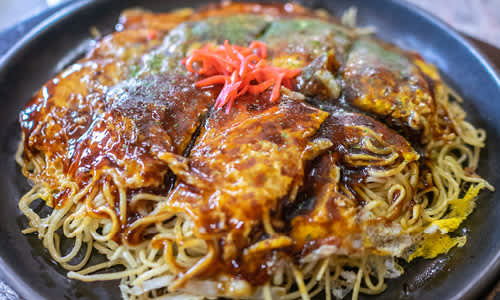
What it is (Ingredients)
Hiroshima-yaki is a savoury pancake featuring layers of ingredients including batter, cabbage, pork, and noodles. The dish is assembled directly on a hot griddle, in layers, starting with a thin crepe-like batter, followed by a mound of shredded cabbage, bean sprouts, slices of pork or seafood, and chewy yakisoba noodles. It's all topped with a final layer of batter and cooked until crispy on the outside while remaining tender inside.
History/Origin
Originating in Hiroshima, this unique Japanese pancake emerged after World War II when food was scarce. Hiroshima-yaki was created as a filling and affordable meal that combined different ingredients satisfyingly and deliciously. Over the years, it has become a beloved local specialty, known for its hearty portions and comforting flavours.
Where to Eat
Hiroshima-yaki is best enjoyed at Hiroshima-yaki/Okonomiyaki restaurants throughout Hiroshima prefecture. These establishments specialize in preparing the dish fresh to order, allowing diners to customize their toppings and enjoy the interactive cooking experience.
When to Eat
Hiroshima-yaki is a popular choice for lunch or dinner, as its substantial size and mix of ingredients make it a satisfying meal. It's enjoyable during colder months when the warm, hearty nature provides comfort.
Taste the dedication and passion of local people in Hiroshima-yaki, a captivating dish with rich textures and carefully blended ingredients, offering a must-try flavour experience.
Anagomeshi (Conger eel bowl)

What it is (Ingredients)
Anagomeshi is a savoury dish from Hiroshima, featuring grilled conger eel served over a bowl of steamed and flavoured rice. The conger eel, known for its tender texture and mild flavour, is typically grilled and glazed with a sweetened soy-based sauce before being served atop a bed of warm, fluffy rice. Anagomeshi is often made with rice cooked in soup stock made from the head and bones of conger eel and soy sauce.
History/Origin
Conger eel has been beloved as a traditional food since ancient times by the people in Hiroshima, where the rich coastal waters provide abundant conger eel supplies. The origin of Anagomeshi traces back to 1901, four years after the opening of the Sanyo Railway, when it was first sold as an Ekiben (a type of bento box sold at stations) near Miyajimaguchi Station, the gateway to Miyajima Island. Over time, the number of shops offering Anagomeshi has grown, particularly in Miyajima, making it renowned nationwide as a specialty of the area, enjoyed both as a meal and as a souvenir for tourists.
Where to Eat
Anagomeshi can be enjoyed at seafood restaurants and traditional eateries throughout Hiroshima prefecture, especially in Miyajima Island.
When to Eat
Anagomeshi is a popular choice year-round, but it is especially enjoyed during the warmer months when eel is in season. Its comforting flavours and nutritious qualities make it a favourite dish among locals and visitors.
With its bold flavour and fragrance achieved through grilling, complemented by a sweet and spicy sauce, Anagomeshi is an exquisite dish from Hiroshima that celebrates the prefecture's rich maritime heritage and seafood tradition.

















































